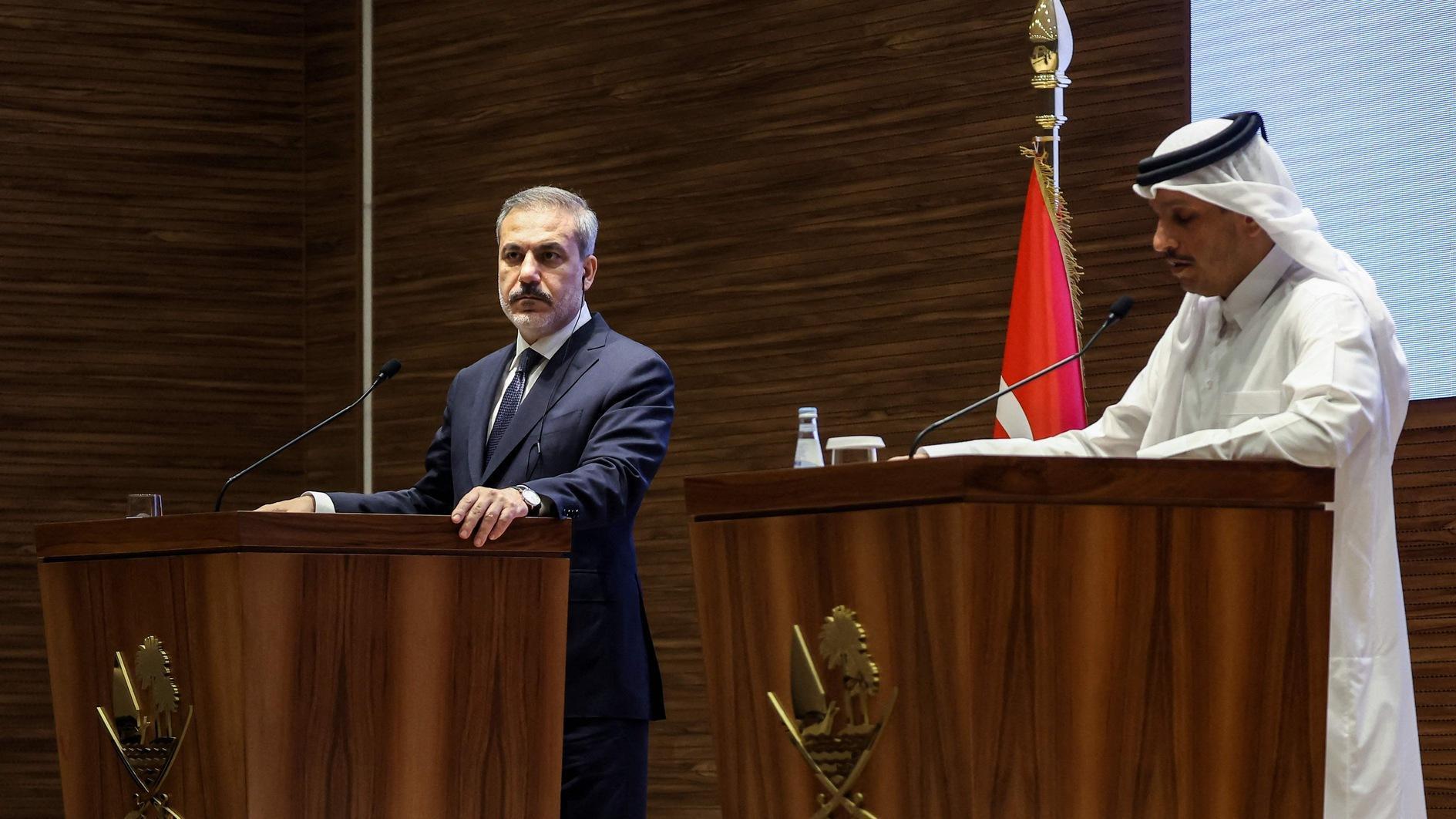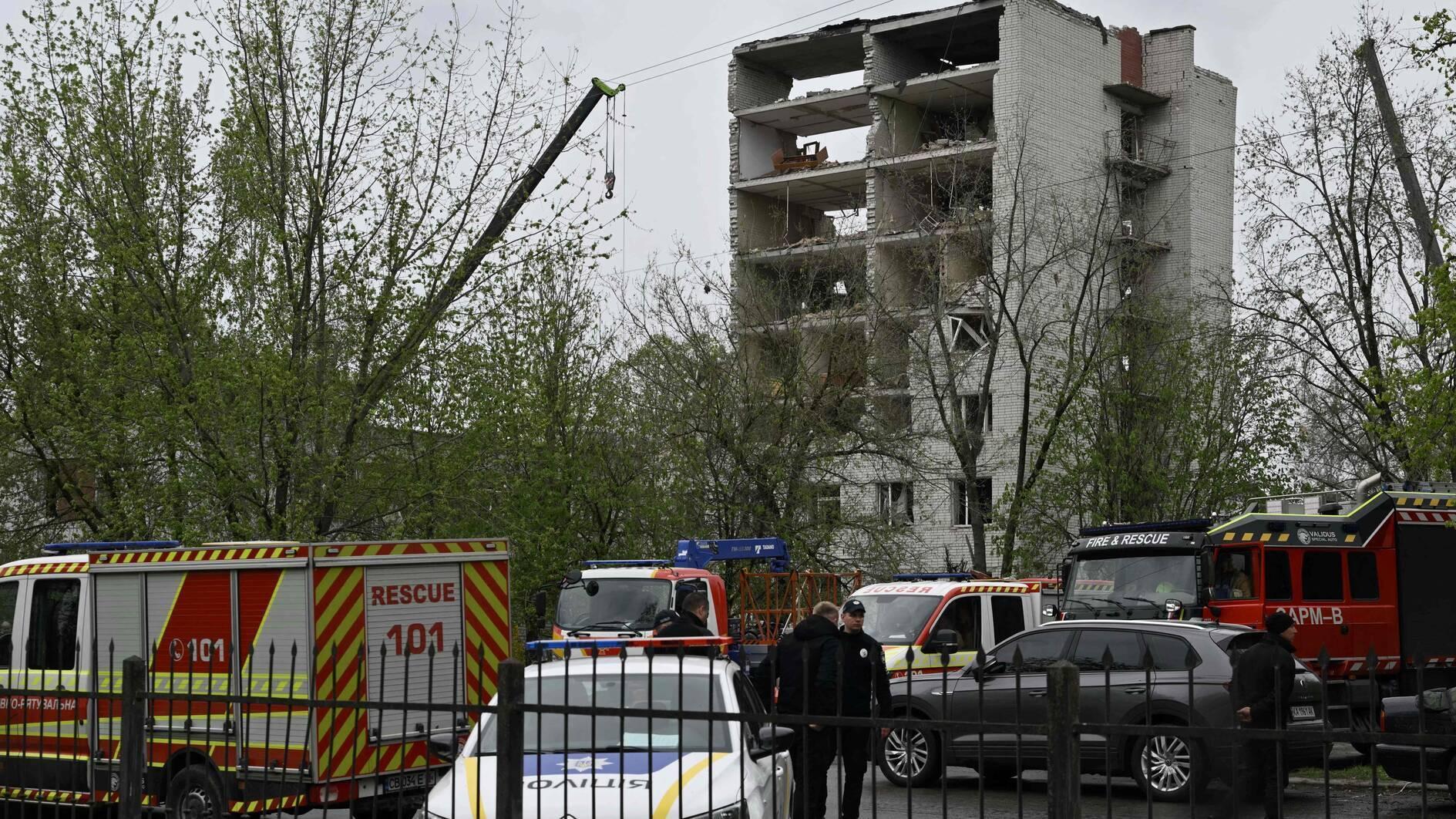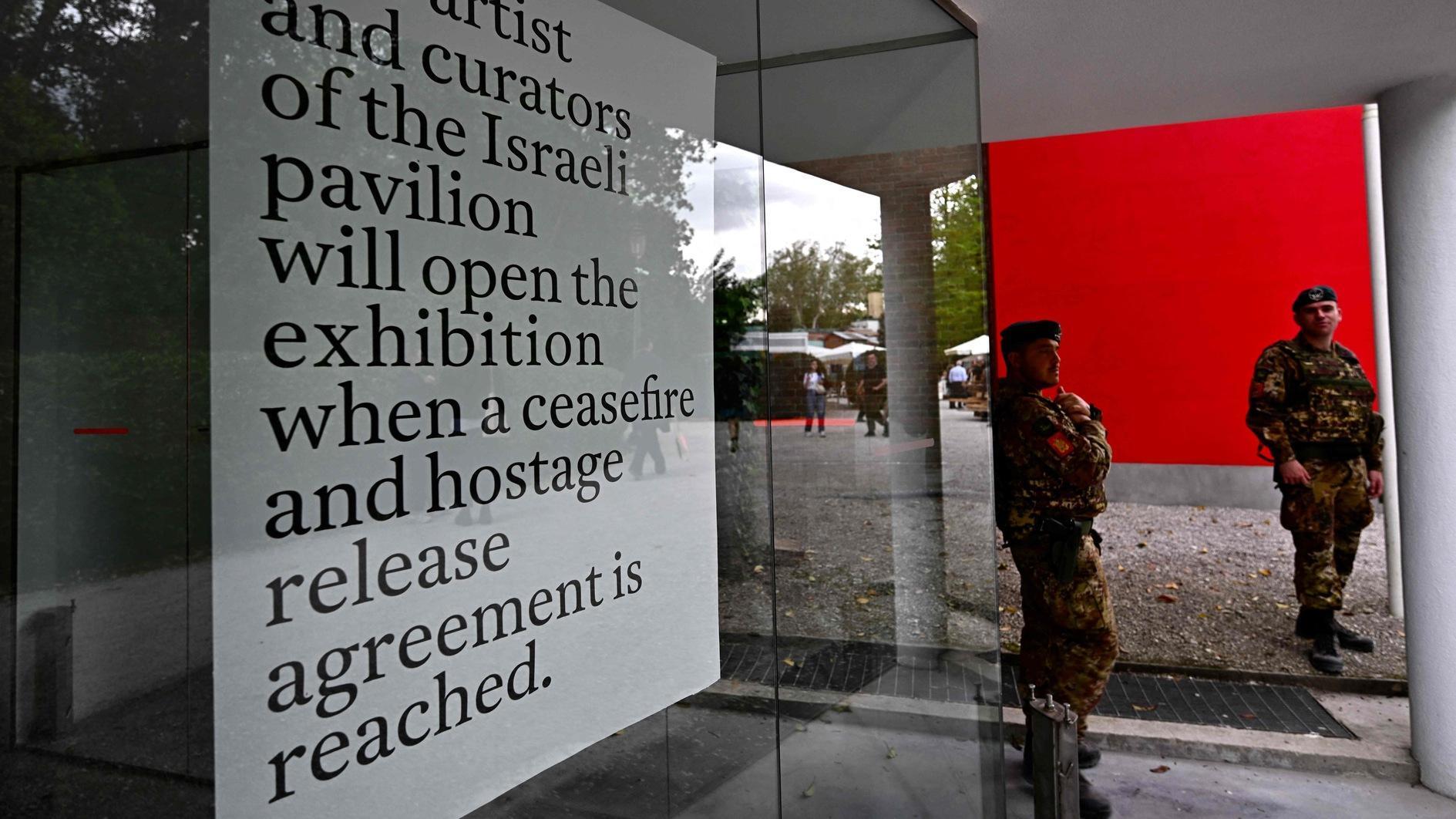Why the Turkish–US train-equip program failed in Syria
The first phase of the joint U.S.–Turkey program to train and equip fighters to combat the Islamic State in Iraq and the Levant (ISIL) has ended in a scandalous failure.
According to the latest information, only two fighters remain from the group trained in Turkey, after Syria’s al-Qaeda affiliate, the al-Nusra Front, abducted more fighters - who were perhaps more lucky then the rest of the group captured on the very first day of their mission, which started in mid–July.
This is a ridiculous scandal. I’m sure it has provided tons of ammunition to satirical news websites. The sad thing is that although there is plenty to make fun of, this is actually no laughing matter. After all, we are talking about human lives.
Train-equip is a defensive strategy
Metin Gürcan is a retired colonel who left the army six months ago. After serving in northern Iraq on multiple occasions between 1999 and 2001 as a Turkish liaison commander, he was sent to Kazakhstan in 2003 to train Kazakh and Kyrgyz officers with the U.S. Navy Seals, conducting several reconnaissance missions on the Kyrgyzstan-Tajikistan border against Salafi-Jihadist extremists.
In early 2005 he was deployed to the Afghan capital Kabul as a military instructor, training Afghan officers.
His book, “What Went Wrong in Afghanistan? Understanding Counter-insurgency in Tribalized Rural Muslim Environments,” is due to be published by the end of the year.
Gürcan is severely critical of the U.S. and Turkey’s train-equip program, which he believes was always doomed to fail given the circumstances currently pertaining in Syria.
“Syria has a fluid security environment,” he told me, saying Turkey’s neighbor had high levels of uncertainty and unpredictability, and - most importantly - swiftly changing alliances and power relations at the local level. “A group leader of a city’s neighborhood can go to bed as a member of ISIL, but wake up as a member of al–Nusra,” he said.
In such circumstances, the “train and equip” program could end up having a boomerang effect, Gürcan argued.
“In such a fluid security environment, the strategy to arm civilians can turn against you,” he said.
By its very nature, arming civilians is based on a defensive strategy and can only work on a neighborhood or village level.
“You could train civilians for defensive purposes and tell them to go back to their village to defend their neighborhood,” he said. The sweeping away of ISIL, however, requires an offensive ground force. International players are unwilling to put their boots on the ground, and Gürcan believes that the Turkish government could have been tempted by such an endeavor but the military prevented it from doing so.
Upon the instruction of the government, the military has prepared plans for a ground operation. But the military’s top brass is currently unwilling, as it is aware that - trained as it is for conventional warfare - the army will have an extremely hard time trying to handle the unconventional situation in Syria.
Gürcan believes that the U.S.-led coalition strategy would be to create an ISIL-free corridor in the north and the south, in order to squeeze ISIL fighters in a narrow region and erode their military capabilities through constant aerial bombardments.
The use of the İncirlik Airbase in Turkey is critical for this strategy, as the difference between sending warplanes from the Gulf and sending them from a border city to Syria runs to millions of dollars. In addition, Turkey’s participation in the coalition boosts the legitimacy of the U.S.’s anti-ISIL policy.
That is why, according to Gürcan, the U.S. has been so complacent, while Turkey has started to simultaneously attack ISIL targets in Syria and PKK targets in northern Iraq.











